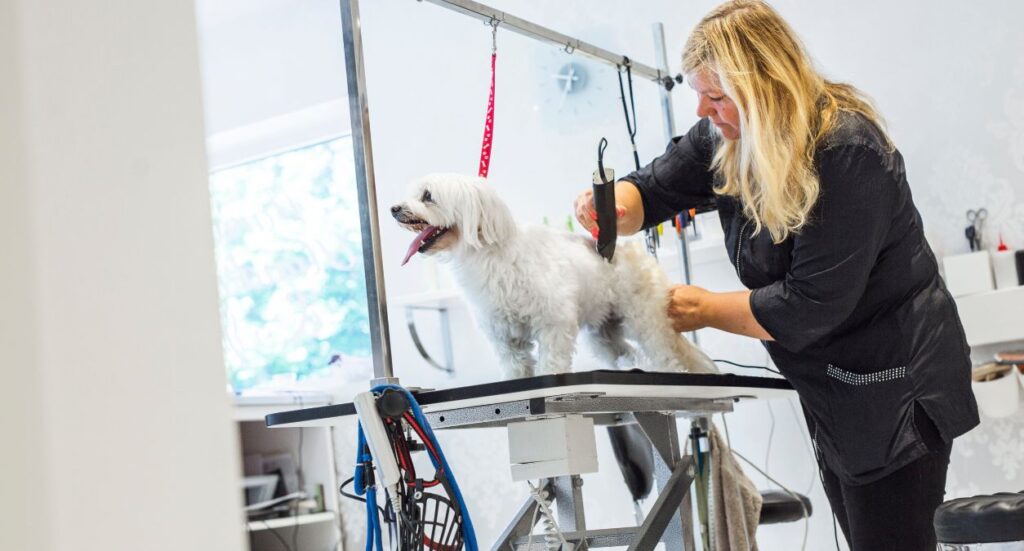Contributors
Mandy has been with Starpeak Insurance Solutions since 2018, starting in sales in the consumer department and mov...
To date, most fitness professionals have followed a similar strategy when it comes to marketing their personal training business and one that does seem sensible.
Sure, if you’re looking to expand your client base to generate more profit, it makes sense to spend most of your marketing budget on outbound marketing efforts and invest much less into your current clients. Though this is how the game has been played for years, the industry is changing and becoming incredibly competitive. If you’re a startup personal trainer, it’s highly unlikely that your marketing efforts will be more successful than those of chain clubs, so you’ve got to think smart!
So the acronym goes: GAME ON – Gain Advantage, Monetise Everything, Overlook Nothing.
Powerful isn’t it, so pay attention!
1. Refocus and referral
It’s time to invert the personal training marketing equation and think about investing most of your budget into your existing clients. It may sound narrowing and we know you want to aim big, but the return on this investment will put you in good stead. Make a client referral program because marketing strategies are, in fact, most effective when presented to people that already know, like, and trust you. When your clients send business your way, reward them… everyone responds well to incentives and if your client knows there’s something in it for them – a free session or health vouchers, for example, they will be willing to help you out.
2. Don’t be afraid to ask
There is no shame in promoting your business to current clients. After all, it’s them who know best what you can do and how good you are, so it is natural to talk about advancing yourself in their company. Make sure your client is aware of the scope of your ability – you might be helping them with a fat-loss program but can you also help athletes with endurance training? People who do exercise are likely to have friends who do exercise, so forget the idea that it’s ‘cheap’ to ask for referrals, and ASK!
3. Transformation challenges
Never underestimate the value of visual impact when it comes to planning how you will market your personal training services.
It’s all very well and good telling your client you can help them shift those unwanted pounds in 6 weeks, but if you can show them how your other clients have done just that, it will have far more resonance!
If you find willing clients who are prepared to share their transformation journey, whether it be through photos of testimonials, it will make a great addition to your website or even to your sales pitch in conversation.
5. Positioning
As we’ve said, the personal training industry is hugely competitive. Everywhere you turn there’s a ‘fitness expert’ ready to sustain the world’s rising interest in health and fitness. There is also now added competition from home workouts and fitness apps, so it’s essential that your business focus is to create a competitive advantage.
Know what your client does not have and wants, know what you need to offer to make yourself the best choice in the market place, and know how to play your strengths. If you shift your business to rely on those strengths, you’ll be well positioned in the market to reap the benefits of a unique service.
6. Stay ahead of the crowd
Information is now so accessible that you must be ready to provide the information that is not easily accessible. No one wants to pay to be told something they could have read about in Fitness Weekly.
If you can satisfy your client’s curiosity they will keep coming back for more, and whatever you do don’t think that client education will mean they will eventually not need your business anymore!
A client will always come back for new programs and tougher workouts so long as you stay at the top of your game, and help them to achieve and further their goals.
To do so, you must also always be looking for ways to educate yourself whether that’s attending fitness events, talking to the best in the industry, or just pooling ideas.
7. Be professional
At the end of the day, personal training involves risk. You’re dealing with potentially unfit clients who are not accustomed to exercise, you’re supervising their handling of equipment and machines, and you yourself must stay fit…when you yourself are your business, it pays to be responsible. Promoting a friendly and approachable persona is great, but the professional side of your business can be measured by whether or not you have comprehensive personal training insurance. This needs to cover third-party liability and relevant qualifications, among others. Display these details on your website to demonstrate your professionalism, responsibility, legitimacy and experience.
If you have your own gym – highlight this and it’s equipment, and mention that you have gym liability insurance in place to give customers peace of mind.
Aside from the seven points above, it’s important to remember you will need full cover when operating as a personal trainer. Click here to get a personal trainer insurance quote from £4.29 a month.
Get Personal Trainer Insurance from Protectivity
*Disclaimer – This blog has been created as general information and should not be taken as advice. Make sure you have the correct level of insurance for your requirements and always review policy documentation. Information is factually accurate at the time of publishing but may have become out of date.
Last updated by


















4. Social Media
Its next to impossible to ignore its daily relevance, presence and power, so if you think old school marketing will work today for your personal training business, think again! Not only can social media marketing reach a wealth of people, it’s really very easy and simple. You can create a business account on Facebook, Twitter and Instagram. Do you know what we said about visual impact? Instagram, in particular, is great for this…you can draw people in with ‘6-pack workout’ and desirable image, and then direct them to your website. Daily posts will promote your presence and make your business accessible to the masses.